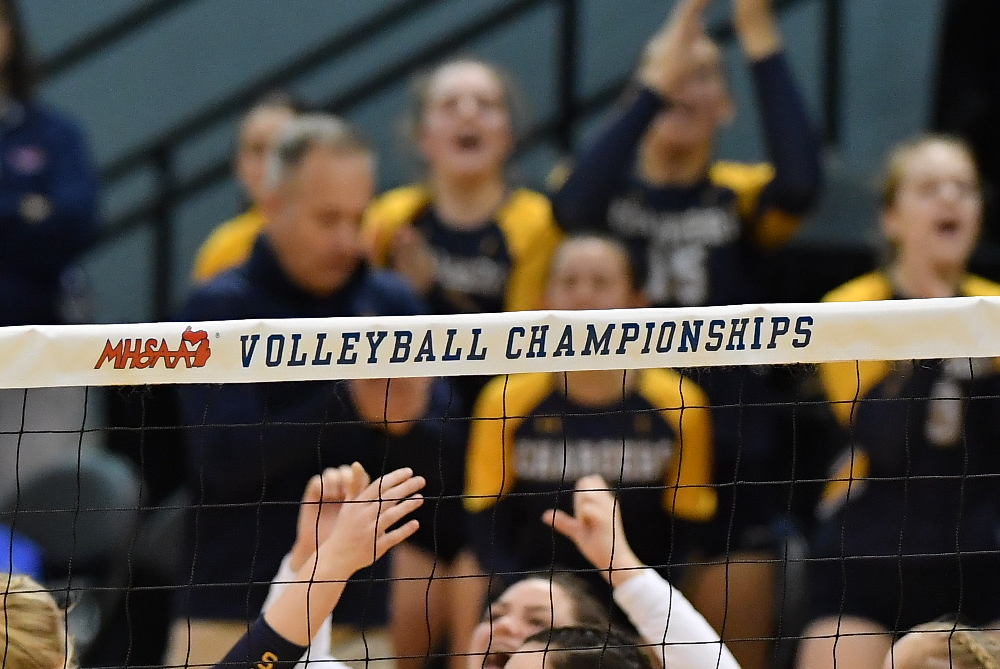
Be the Referee: What Officials Don't Do
October 11, 2018
This week, MHSAA officials coordinator Sam Davis discusses some of the things that do not fall under officials' many game-day responsibilities.
Be The Referee is a series of short messages designed to help educate people on the rules of different sports, to help them better understand the art of officiating, and to recruit officials.
Below is this week's segment – What Officials Don't Do - Listen
Game officials at all levels have a lot of responsibilities. But there are some critical things that take place at local high school games where officials don’t have the authority that some folks think they do.
Let’s start with injuries – specifically concussions. Concussion management starts and ends with the local school. If an official suspects a concussion – or any injury – all he or she can do is notify the coach of the team. The school makes the decision about whether or not a player stays in the game.
We often get calls about whether or not an official is responsible for enforcing MHSAA Handbook rules. Again, it’s up to the school, which agrees to follow and enforce the rules when joining the Association. Even if the official suspects an ineligible player is in the game, it’s not his or her role to enforce that rule. It’s all on the school.
Past editions
October 4: Always 1st-and-Goal - Listen
September 27: Unique Kickoff Option - Listen
September 20: Uncatchable Pass - Listen
September 13: Soccer Rules Change - Listen
September 6: You Make the Call: Face Guarding - Listen
August 30: 40-Second Play Clock - Listen
August 23: Football Rules Changes - Listen

Be the Referee: Volleyball Jewelry
By
Paige Winne
MHSAA Marketing & Social Media Coordinator
September 6, 2023
Be The Referee is a series of short messages designed to help educate people on the rules of different sports, to help them better understand the art of officiating, and to recruit officials.
Below is this week's segment – Volleyball Jewelry - Listen
There’s a new rule in volleyball regarding the wearing of jewelry.
Previously, participants were not allowed to wear stud or post-like jewelry, such as earrings, even if they were covered by tape.
But now, stud or post-like jewelry, worn above the chin, is allowed. Stud earrings are now allowed to be worn during play – and do not need to be covered by tape.
Hoop-style jewelry, such as hoop earrings, are still not allowed, even if covered by tape. If a player is wearing hoop earrings, the coach will be issued an administrative yellow card for the first offense and a red card for a second offense in that set.
Items such as a medical-alert medal or a religious medal must be taped to the body and can be visible during play.
Previous Editions
Aug. 30: Football Rules Similarities - Listen
Aug. 23: Football Rules Differences - Listen

